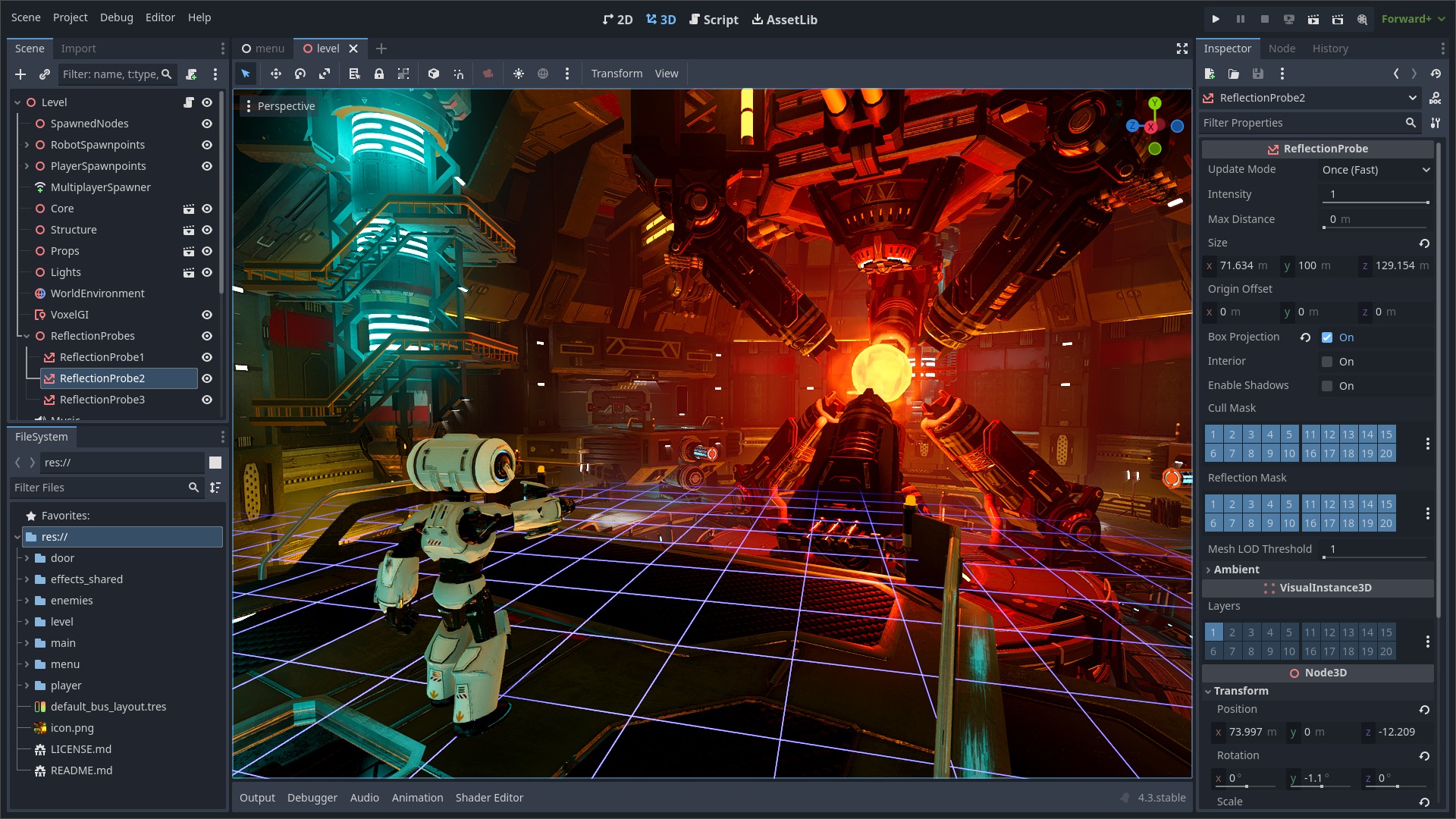When importing images, we store a compressed version of the image to a .ctex file with ResourceImporterTexture::save_to_ctex_format. When importing many large images at once, this can use a large amount of memory, especially when the .ctex file uses WebP format. This change is for ResourceImporterTexture::save_to_ctex_format to use the original Image object instead of p_image->get_image_from_mipmap(0), to avoid creating a copy of the full uncompressed image when looping through the base Image and mipmaps. This reduces the import memory usage for large images by around 10% when using WebP, and 35-40% when Project Settings/Rendering/Textures/Lossless Compression/Force PNG is enabled, may vary depending on the image and number of import threads running. Same change applied to PortableCompressedTexture2D::create_from_image, which has similar logic. This helps with #92084, but does not fully resolve the issue on its own, as compressing with WebP on many threads can still use a large amount of memory - this just lowers that amount, and makes it more likely that enabling "Force PNG" will reduce memory usage enough to import the files. |
||
|---|---|---|
| .github | ||
| core | ||
| doc | ||
| drivers | ||
| editor | ||
| main | ||
| misc | ||
| modules | ||
| platform | ||
| scene | ||
| servers | ||
| tests | ||
| thirdparty | ||
| .clang-format | ||
| .clang-tidy | ||
| .editorconfig | ||
| .git-blame-ignore-revs | ||
| .gitattributes | ||
| .gitignore | ||
| .mailmap | ||
| .pre-commit-config.yaml | ||
| AUTHORS.md | ||
| CHANGELOG.md | ||
| CONTRIBUTING.md | ||
| COPYRIGHT.txt | ||
| DONORS.md | ||
| gles3_builders.py | ||
| glsl_builders.py | ||
| godot.manifest | ||
| icon.png | ||
| icon.svg | ||
| icon_outlined.png | ||
| icon_outlined.svg | ||
| LICENSE.txt | ||
| logo.png | ||
| logo.svg | ||
| LOGO_LICENSE.txt | ||
| logo_outlined.png | ||
| logo_outlined.svg | ||
| methods.py | ||
| platform_methods.py | ||
| pyproject.toml | ||
| README.md | ||
| SConstruct | ||
| scu_builders.py | ||
| version.py | ||
Godot Engine
2D and 3D cross-platform game engine
Godot Engine is a feature-packed, cross-platform game engine to create 2D and 3D games from a unified interface. It provides a comprehensive set of common tools, so that users can focus on making games without having to reinvent the wheel. Games can be exported with one click to a number of platforms, including the major desktop platforms (Linux, macOS, Windows), mobile platforms (Android, iOS), as well as Web-based platforms and consoles.
Free, open source and community-driven
Godot is completely free and open source under the very permissive MIT license. No strings attached, no royalties, nothing. The users' games are theirs, down to the last line of engine code. Godot's development is fully independent and community-driven, empowering users to help shape their engine to match their expectations. It is supported by the Godot Foundation not-for-profit.
Before being open sourced in February 2014, Godot had been developed by Juan Linietsky and Ariel Manzur (both still maintaining the project) for several years as an in-house engine, used to publish several work-for-hire titles.
Getting the engine
Binary downloads
Official binaries for the Godot editor and the export templates can be found on the Godot website.
Compiling from source
See the official docs for compilation instructions for every supported platform.
Community and contributing
Godot is not only an engine but an ever-growing community of users and engine developers. The main community channels are listed on the homepage.
The best way to get in touch with the core engine developers is to join the Godot Contributors Chat.
To get started contributing to the project, see the contributing guide. This document also includes guidelines for reporting bugs.
Documentation and demos
The official documentation is hosted on Read the Docs. It is maintained by the Godot community in its own GitHub repository.
The class reference is also accessible from the Godot editor.
We also maintain official demos in their own GitHub repository as well as a list of awesome Godot community resources.
There are also a number of other learning resources provided by the community, such as text and video tutorials, demos, etc. Consult the community channels for more information.

